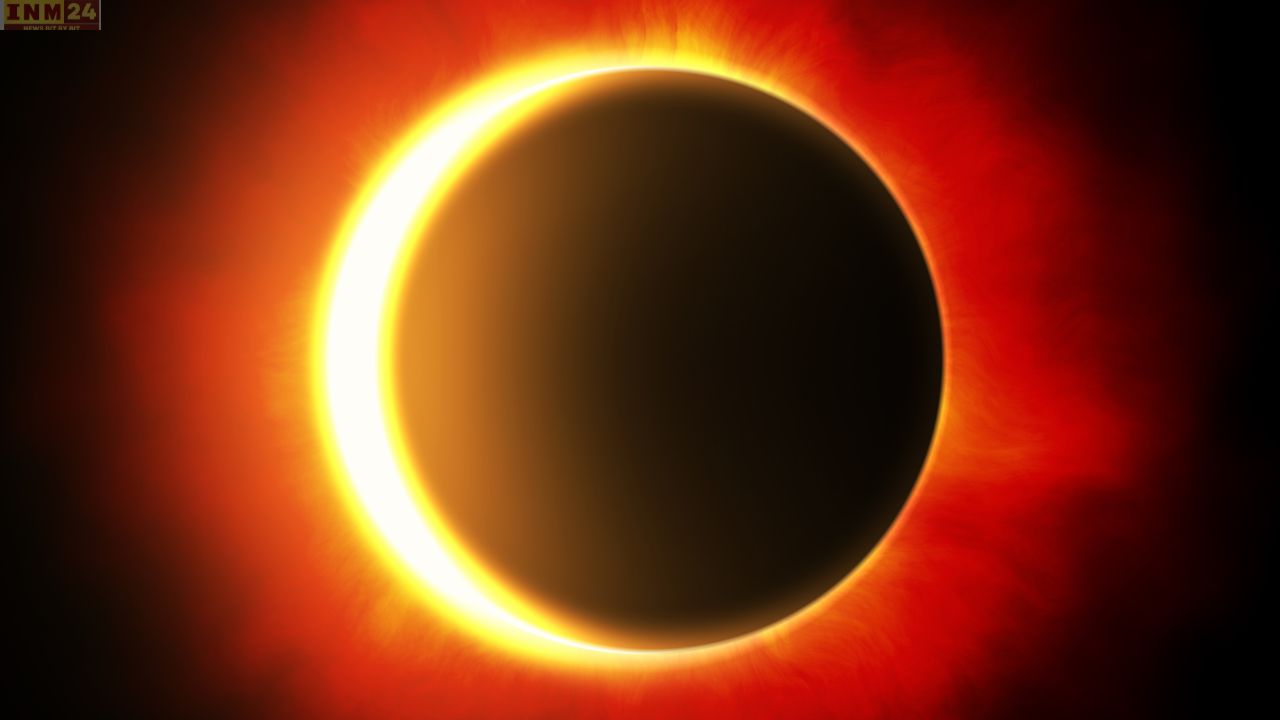The first lunar eclipse of this year is expected to occur on March 25. It will be a penumbral lunar eclipse, which may not be easily visible. On this day, Holi, the festival of colors, will be celebrated in many parts of India. Therefore, there is considerable excitement among people regarding the lunar eclipse scheduled for March 25.
What is a Lunar Eclipse?
A lunar eclipse is a celestial event that has always fascinated people, including scientists and scholars of religion. A lunar eclipse occurs when the Earth’s shadow falls on the Moon. This event can only happen during a full moon when the Sun, Earth, and Moon are almost aligned in a straight line. Lunar eclipses are mainly of three types:
- Total Lunar Eclipse: During a total lunar eclipse, the Earth completely blocks the sunlight from reaching the Moon. This causes the Moon to appear deep red (blood moon) due to the scattering of sunlight in the Earth’s atmosphere.
- Partial Lunar Eclipse: A partial lunar eclipse occurs when the Earth does not completely cover the Moon, leaving some parts of it visible. This happens because the Earth doesn’t align perfectly with the Sun and the Moon.
- Penumbral Lunar Eclipse: A penumbral lunar eclipse occurs when only the outer shadow of the Earth (penumbra) falls on the Moon. This type of eclipse is subtle and may be difficult to observe.
Timing of the Lunar Eclipse in India
According to Space.com, the lunar eclipse scheduled for March 25 will be a penumbral lunar eclipse. In Indian Standard Time (IST), it will begin at 10:24 AM, reach its maximum at 12:43 PM, and end at 3:01 PM. Unfortunately, this lunar eclipse will not be visible in India as the Moon will be below the horizon at that time. Instead, it will be visible in some parts of Europe, Africa, and South America.
So, while people celebrate the festival of colors, they will miss witnessing the lunar eclipse on this special day.
